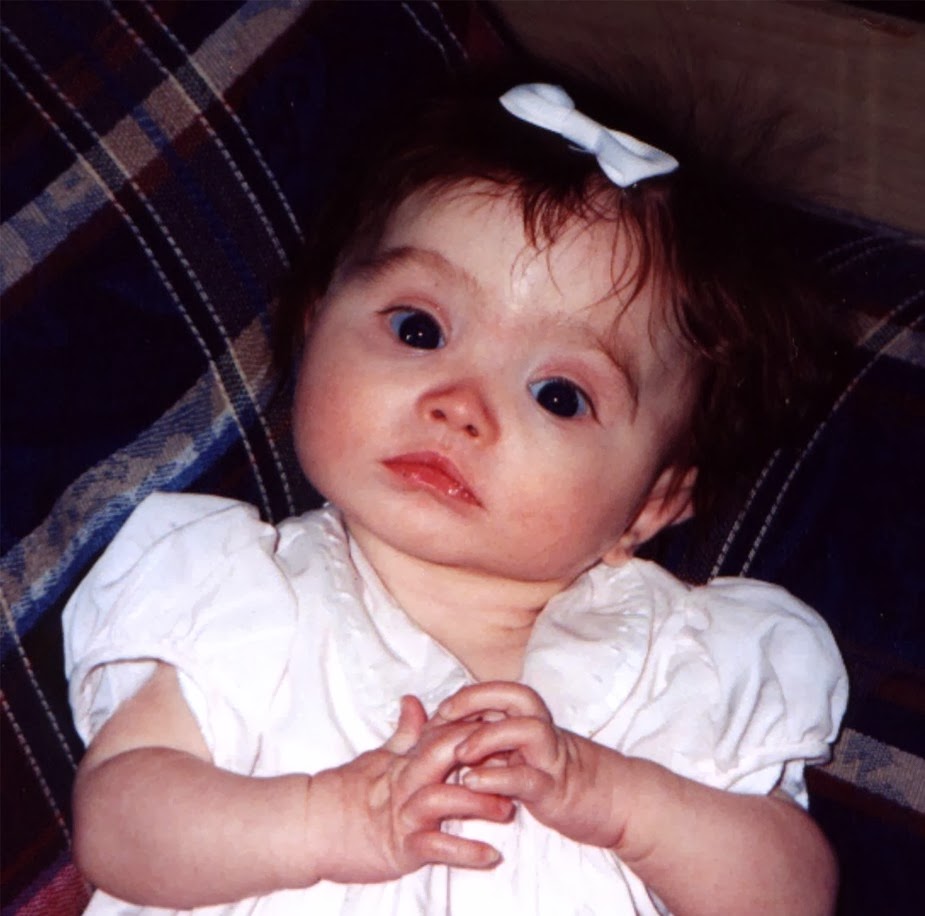
MA, Hernández-Guisado JM, Machuca-Portillo G.
Rodríguez-Caballero A, Torres-Lagares D, Rodríguez-Pérez A, Serrera-Figallo. #CRI DU CHAT SYNDROME FREE#
Citation on PubMed or Free article on PubMed Central Of 80 patients with 5p deletion: genotype-phenotype correlation. Overhauser J, Pierluigi M, Bricarelli FD. Mainardi PC, Perfumo C, Calì A, Coucourde G, Pastore G, Cavani S, Zara F,.The natural history of Cri du Chat Syndrome. Mainardi PC, Pastore G, Castronovo C, Godi M, Guala A, Tamiazzo S, Provera S,.

Presentation of an additional 21 cases from the Pediatric Cardiac CareĬonsortium. Cri du chat syndrome (CdCS or 5p-) is a rare genetic disorder in which a variable portion of the short arm of chromosome 5 is missing or deleted (monosomic).

Cri du chat syndromeĪnd congenital heart disease: a review of previously reported cases and
Hills C, Moller JH, Finkelstein M, Lohr J, Schimmenti L. Since the condition occurs due to missing portions of the short arm (p. Infants who are born with the syndrome often have a high-pitched cry that sounds like a cat, hence the condition's name. Citation on PubMed or Free article on PubMed Central Cri du Chat Syndrome (French for 'cat cry') is a rare chromosomal disorder caused by missing or deleted portions of chromosome 5. Individuals with cri-du-chat syndrome who inherit an unbalanced translocation are missing genetic material from the short arm of chromosome 5, which results in the intellectual disability and health problems characteristic of this disorder. A small number of cases occur when a parent passes a different, rearranged form of the chromosome to their child. Most cases are believed to occur during the development of the egg or sperm. Children who inherit an unbalanced translocation can have a chromosomal rearrangement with extra or missing genetic material. It is caused by a missing piece of chromosome 5. The classic phenotype includes a characteristic cry, peculiar facies, microcephaly, growth retardation. Balanced translocations usually do not cause any health problems however, they can become unbalanced as they are passed to the next generation. Introduction: Cri-du-Chat Syndrome (CdCS) is a genetic condition due to deletions showing different breakpoints encompassing a critical region on the short arm of chromosome 5, located between p15.2 and p15.3, first defined by Niebuhr in 1978. In these cases, the parent carries a chromosomal rearrangement called a balanced translocation, in which no genetic material is gained or lost. 
Affected people typically have no history of the disorder in their family.Ībout 10 percent of people with cri-du-chat syndrome inherit the chromosome abnormality from an unaffected parent. The deletion occurs most often as a random event during the formation of reproductive cells (eggs or sperm) or in early fetal development. Most cases of cri-du-chat syndrome are not inherited.







 0 kommentar(er)
0 kommentar(er)
